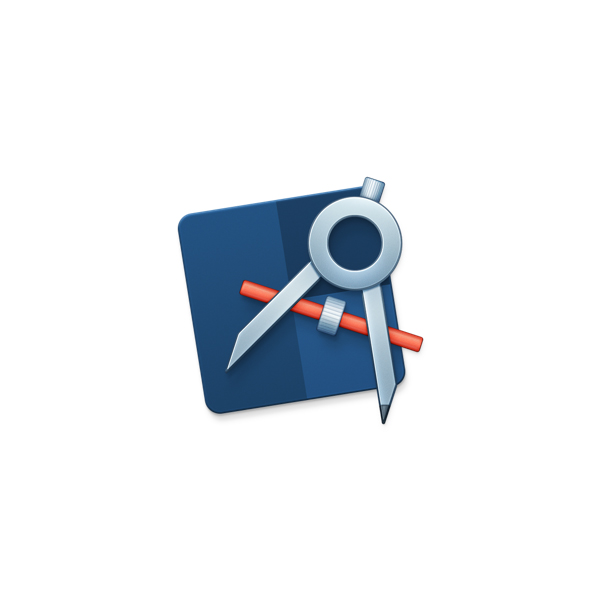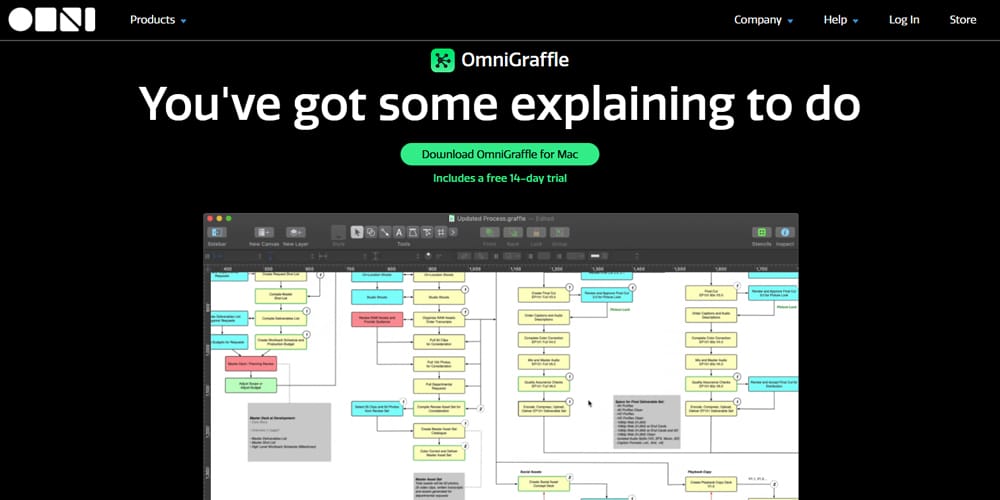

Pioneering solutions Axure and Balsamiq have a hard time catching up because they focus on functionality rather than user-workflow and experience.Īt the other end of the spectrum, solutions like Adobe XD do really well in the execution – they are solid, fast and reliable, but they fall short in the available feature set (basic stroke styles or on hover behaviors).

On paper, solutions like JustinMind, Anima and Supernova have it all but they fall short in execution – by being slow and unstable. The primary take away from my study is that features are not everything! Subjective criteria (Micro interactions, Macro interactions, etc.): I am hoping your experience and needs are not too far from mine… Photoshop, Sketch, After Effects, Invision, html+css… are no strangers to me.Objective criteria (price, platform, features and so on): Keep in mind that the features listed grow more rapidly than I can write.Rating the Design tools objectively and subjectively In order to be impartial, I gave myself 1 hour to download, learn and reproduce as much as possible of a reference prototype (See above).
#Flinto or atomic full#
Some focus on prototyping, others on full design > prototype > collaboration workflow.Īs the use cases are quite broad, it is almost impossible to conduct a fair comparison on them. They don’t all operate in the same space.
#Flinto or atomic software#
I’ve decided to save you some time and provide a little tour of the software tools’ landscape. Specifically, if you’re interested in product design, there are many options available … which also means it can be hard to keep up. Having the right tools for the right Steve (joke) is more important than ever. “You cannot mandate productivity, you must provide the tools to let people become their best”-Steve Jobs. Maybe you make your prototypes using the same old tools and don’t have much time to look for alternatives?

The current study comes up to the importance of UX and recommends it to be implemented from the early stage of requirements elicitation in order to eliminate the gap between the business analyst and the system users and get an effective result with less cost and time.You want to make your screens interactive but don’t know where to start? On the other hand, the benefits of user experience (UX) have been discussed in terms of reducing the gap between what the user needs and what the business analyst understands. The literature studies did not show the implementation of the user experience technique when conduct the elicitation requirements process. It was obvious that despite there are many requirements elicitation techniques, the misunderstanding of user requirements is still one of the main reasons for the failure of software projects. The requirements elicitation techniques have been studied, and the reasons behind the failure of software projects have been investigated. The present study aims to examine the advantages of the user experience (UX) and its impact on raising the efficiency of the systems analyst to understand the requirements of the user correctly and accurately.
#Flinto or atomic how to#
Our analysis led us to design implications that translate participants' needs into UX design goals, informing practitioners on how to develop relevant systems further. These activities allowed us to explore their motivation to use different technologies the system's architecture detailed features of interactivity and to describe user needs including efficiency, effectiveness, engagement, naturalness, ease of use, information retrieval, self-image awareness, politeness, and flexibility. To help resolve this problem, we conducted research with 12 user experience (UX) designers through individual participatory prototyping activities to gain insights into their explicit, observable, tacit and latent needs. Identifying and addressing this area with traditional research methods is problematic due to the different user experience (UX) design perspectives that might conflict and the related limitations of the automotive domain. This study reports on the empirical findings of participatory design workshops for the development of a supportive automotive user experience design system.


 0 kommentar(er)
0 kommentar(er)
